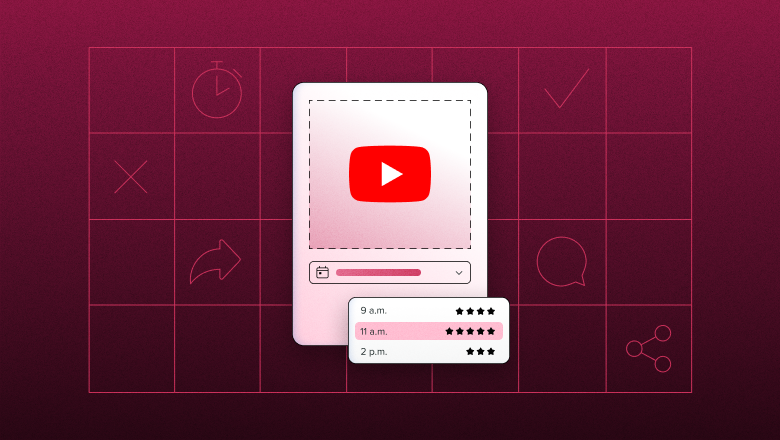What Character Arc Isn’t
Character arc isn’t created from a patchwork of different issues. It’s one clear thread that runs the whole length of your novel.


Today’s post is by regular contributor Susan DeFreitas, an award-winning author, editor, and book coach. She offers a wide range of courses on the craft of fiction, as well as a free ebook, Cracking the Code: 10 Craft Techniques That Will Get Your Novel Published.
I write a lot about character arc, and I talk a lot about it with my clients.
Because if there’s a magic bullet for creating a novel that sucks the reader in, holds her attention, and ultimately makes her feel like it was worth the 6+ hours it took to read that book, character arc is it.
Many writers are clueless about the importance of a character arc for their protagonist, but I find that even those who do understand how important it is often still don’t know what it takes to actually make one work in practice.
Basically, there’s one key mistake they’re making: When it comes to the major events of the plot, they’re focusing on how their protagonist feels in the moment, based on different issues in their past, rather than on how that emotional reaction connects with their character arc.
To show you how this works in practice, let’s build a little story, starting with just the plot.
Example 1: Just the plot
Callie is a programmer working on AI development. She’s been assigned to the team developing Ella, a large language model designed to provide therapy to those who can’t afford a human therapist, when she makes a discovery: the online therapy that Callie herself has been paying good money for, ostensibly for empathetic human support, is in fact being provided by a prototype of Ella.
Incensed, Callie calls out her online therapy provider for false advertising. Her customer complaint is handled by a chatbot (she knows this, because she helped to build it) and passed on to a “customer care associate” (also an AI, which she can tell by the way it responds to nonsensical statements) and then ultimately to the therapy company’s Director of Communications (an actual human), who tells her that he’s sorry, but he cannot confirm nor deny that her therapist is an AI, though he would be happy to provide her with a free month of therapy, because she sounds pretty worked up over all this.
Callie hacks the transcripts of her own therapy sessions and confirms that she was talking to an AI program, but she can’t go public with this information without sharing her own deepest, most private matters with regulatory authorities, and the public in general. Will Callie sit tight on all of this, or will she reveal these secrets—both hers and that of the online therapy company?
Example 2: Incomplete or unfocused character arc
Let’s say the author looks back over this plot and decides they need to “get a character arc in there.” So they develop different elements of the protagonist’s backstory that might make the events of the plot more meaningful—and create a real change for the protagonist at the end.
So the author decides that Callie starts off in this story a very private person, and her big secret—the reason she needs therapy in the first place—is that her family is super toxic. Oh, and Callie is also crippled by perfectionism, due to her super-critical, no-good family.
So in this version of the story, when Callie discovers that her empathetic human therapist is, in fact, an AI program, she’s angry—not just because this company has engaged in false advertising, but also because this version of the program isn’t as good as the one she’s working on, and it shouldn’t be out in the world, it could say the wrong thing and hurt someone (that’s her perfectionism).
And when she’s ultimately passed on to the Director of Communications at that company, she’s intimidated at first, because that guy reminds her so much of her terrible father. She convinces herself that her therapist has to be human, because “Sheila” is so much like the mother she wished she had, growing up.
She hacks her transcripts, just to make sure, and finds out that Sheila is an AI. But she can’t expose the therapy company without exposing her own transcripts about her terrible, no good, manipulating family, and if she does, they’ll be hurt, and maybe disown her.
Callie decides maybe ultimately that’s for the best and does it anyway.
In this version, you could say there’s a character arc—a real change in the protagonist over the course of the story—but it feels like it’s all over the place. Is this a story about cutting ties with toxic family members? Is it about overcoming the desire to protect yourself in order to protect others? Is it about not being so hard on yourself that you require therapy, from either human or bot?
Given this progression, I have no idea. And neither would any reader.
Example 3: Complete character arc
So let’s see if we can narrow this down to something that actually makes sense.
Growing up, Callie was taught not to “spread her business around town,” which essentially meant never asking for help. That’s why, when she got doxxed by a veritable army of trolls as a woman in tech, and developed PTSD around it, she went for an online therapist: Not because she couldn’t afford an in-person therapist, but because going to a therapist at all felt so shameful to her that she wanted to do so as anonymously as possible.
So this AI developer discovers her therapist is an AI, and that her only recourse to exposing this company’s false advertising would be to expose herself—not only as needing therapy, but needing therapy because a bunch of teenage yahoos called her a bunch of misspelled curse words on Twitter. What would her family think? What would the world think, given the confident online persona she projects? Moreover: Would the trolls come for her again?
But maybe doing what she has to do to expose this company’s lies will also show the world just how real the psychological damage of doxxing can be. And maybe if she’s brave enough to ask for help from her online allies in fending off these trolls—showing the same bravery she did in seeking out therapy in the first place—she won’t be so alone this time.
Which means that the events of this story will now force this protagonist to face her greatest fear, making herself vulnerable and asking for help. And when she finally does, for the sake of the greater good, chances are good that readers will stand up and cheer—in part because it’s clear what this story is actually about: It’s about overcoming the fear of asking for help.
The upshot
Character arc isn’t a thing you can create with a patchwork of different issues and emotional reactions. It’s a thing you create by focusing on one clear thread that runs the whole length of your novel, with each and every plot development pushing the character to confront one particular internal issue—and, ultimately, make a change for the better.
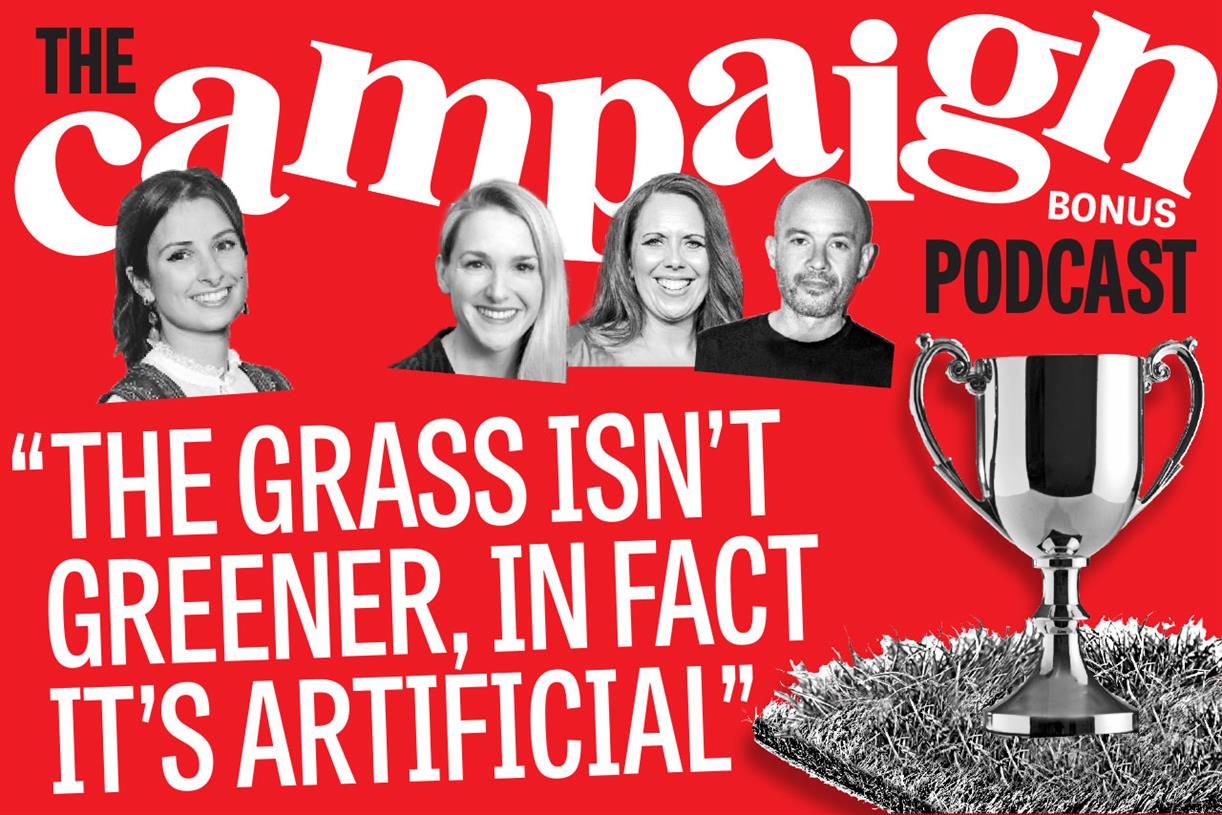

















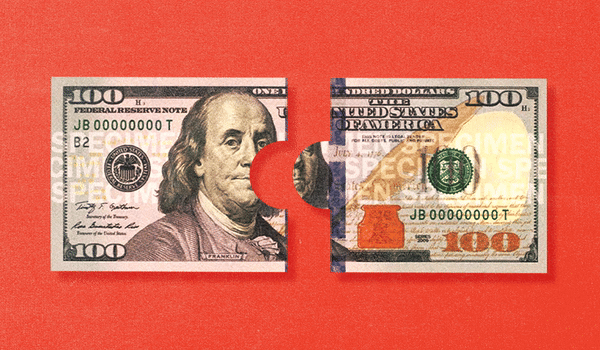
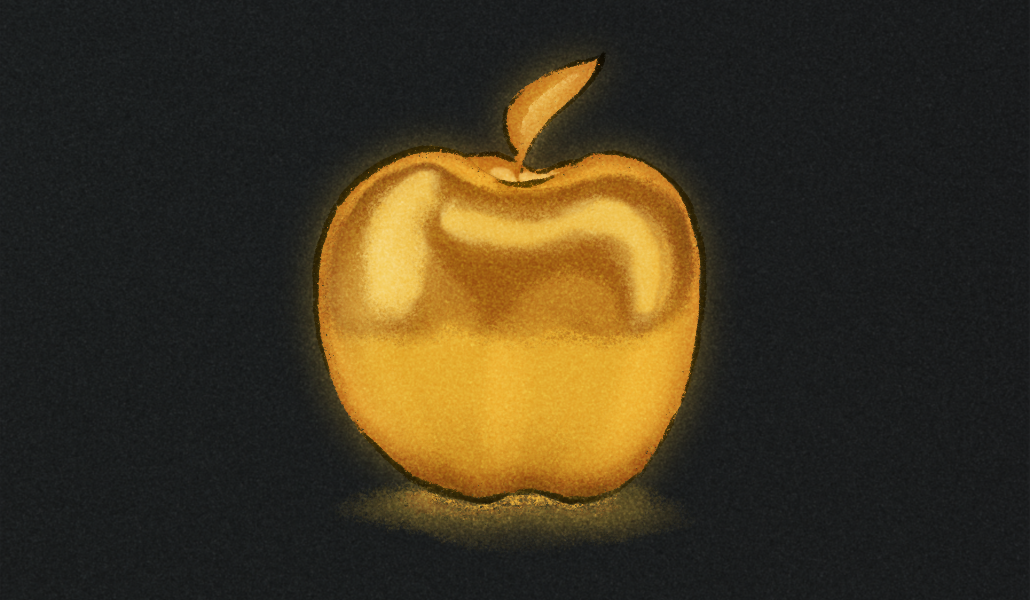
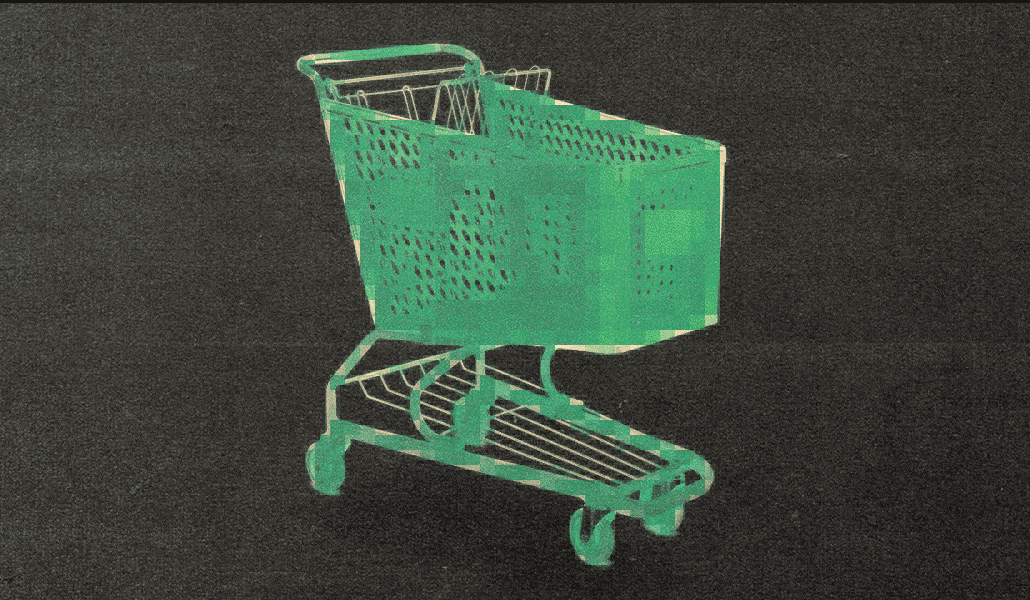




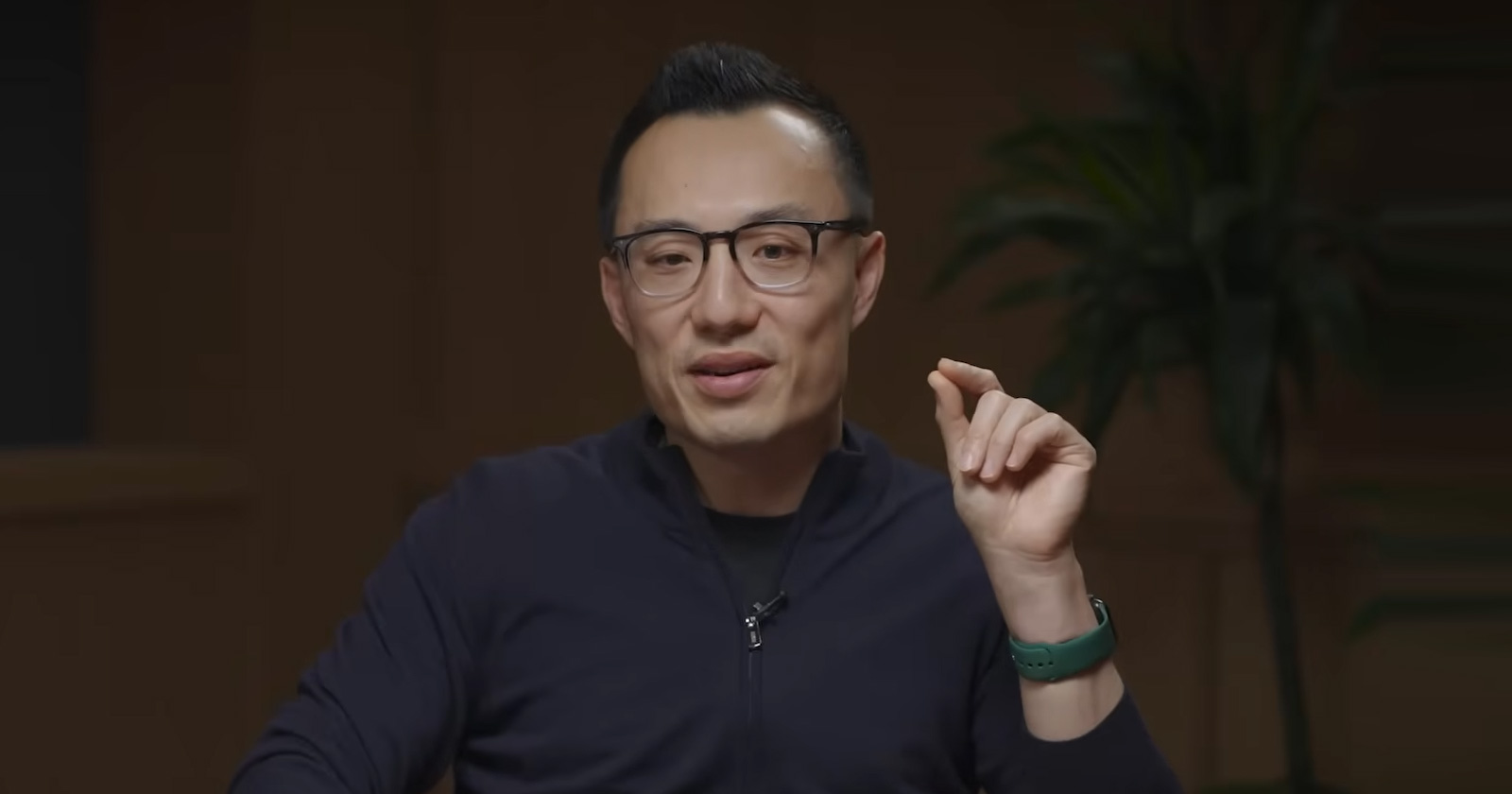


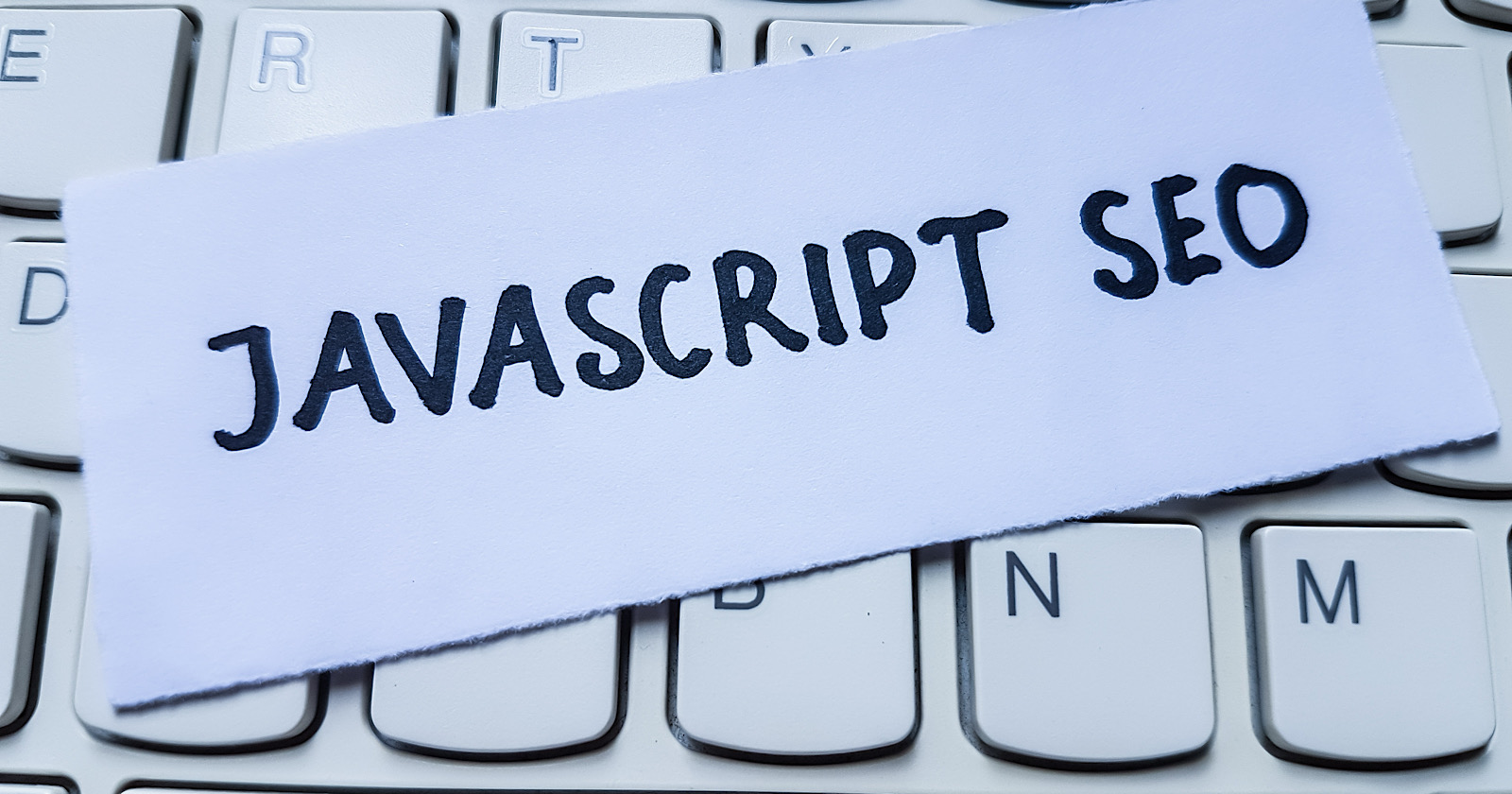




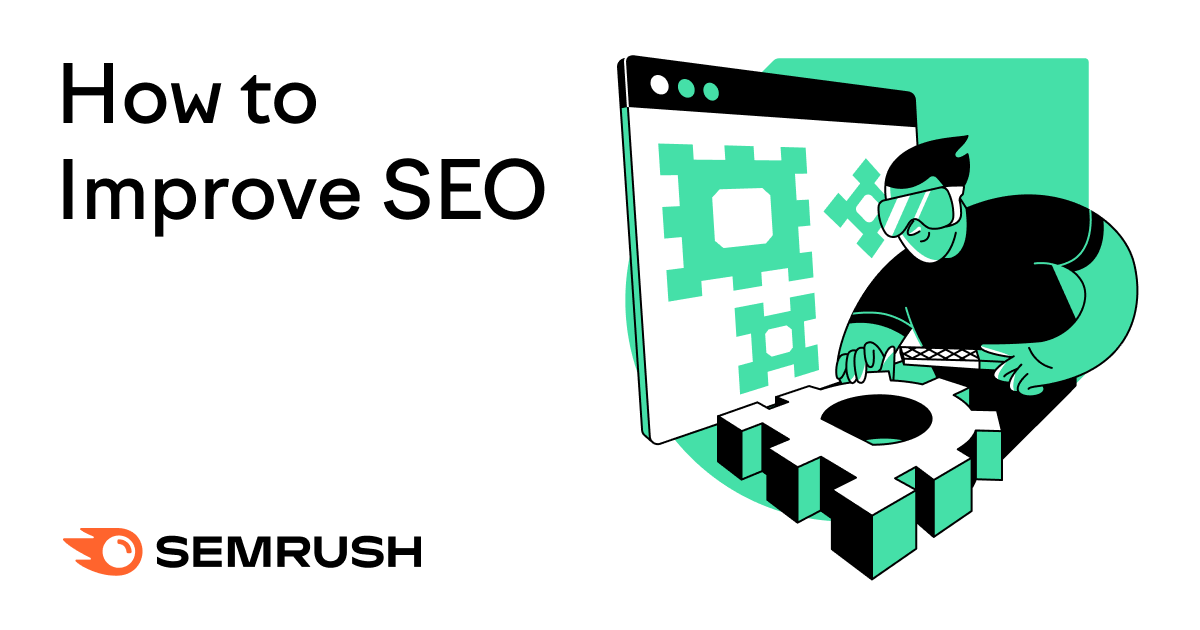

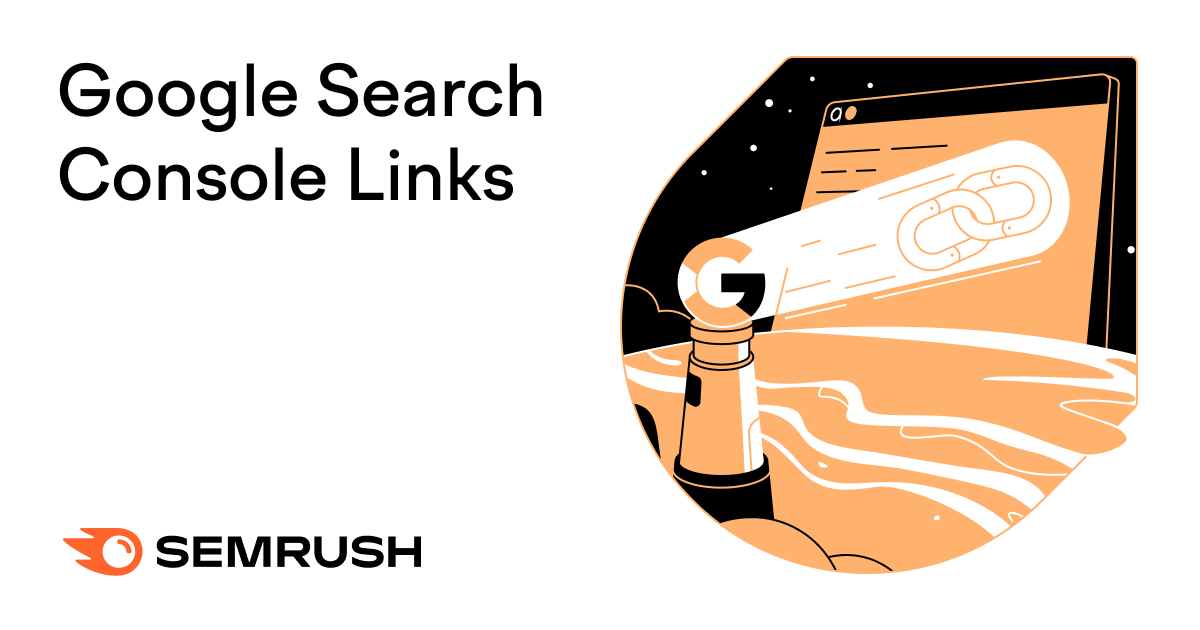
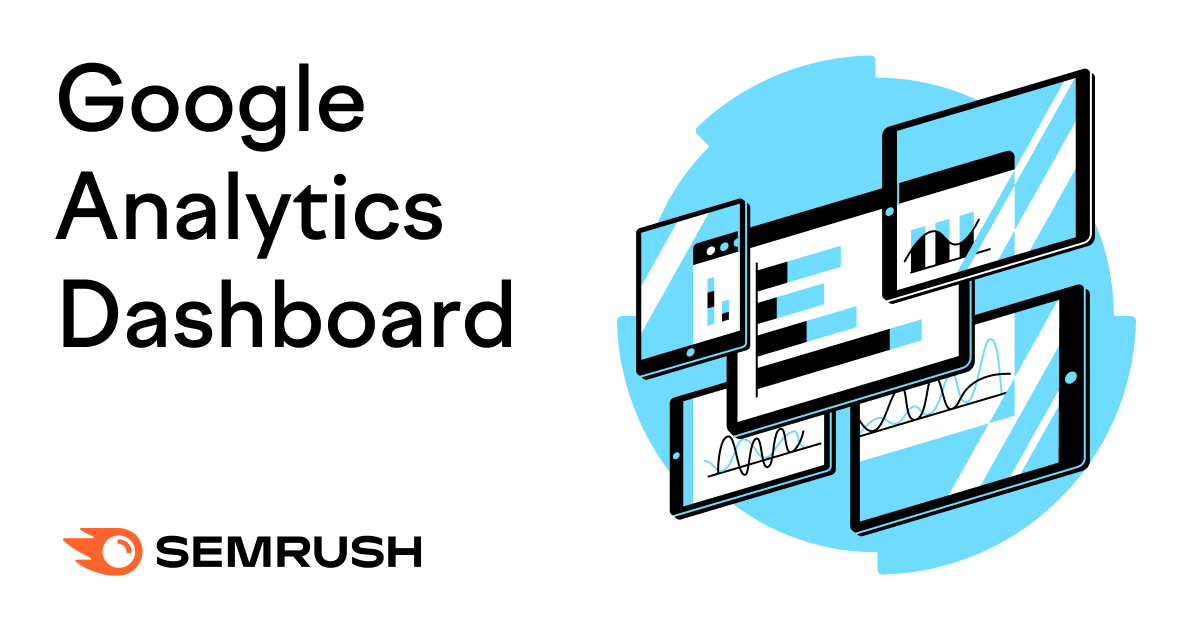
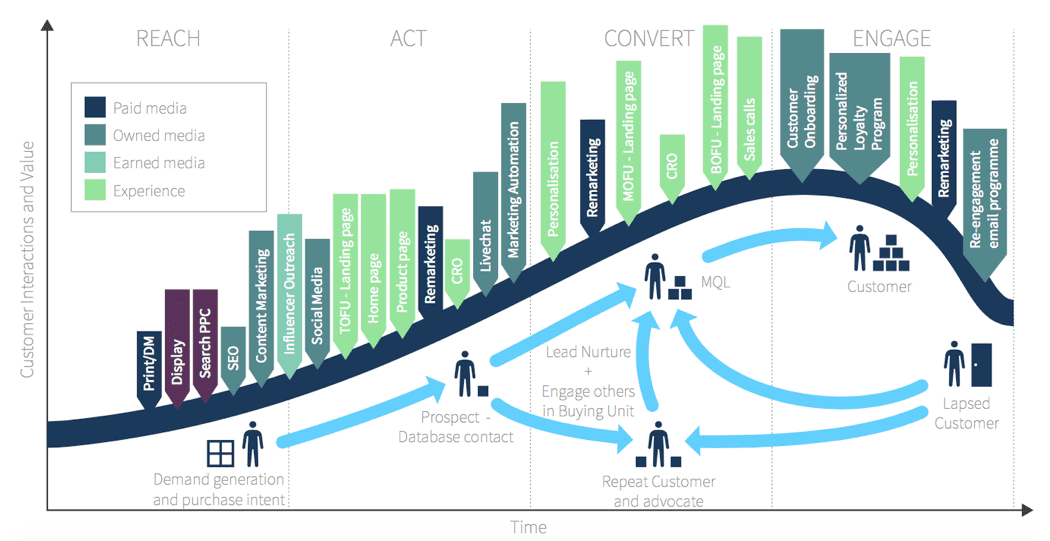
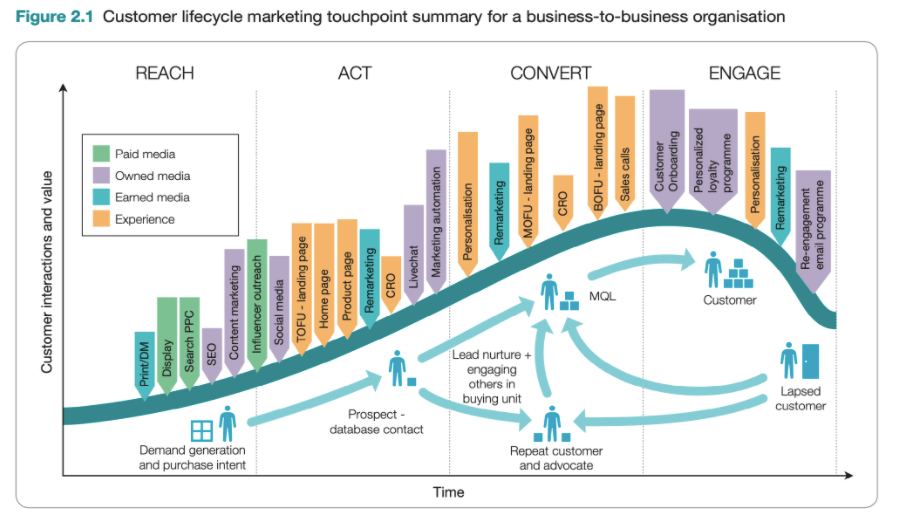
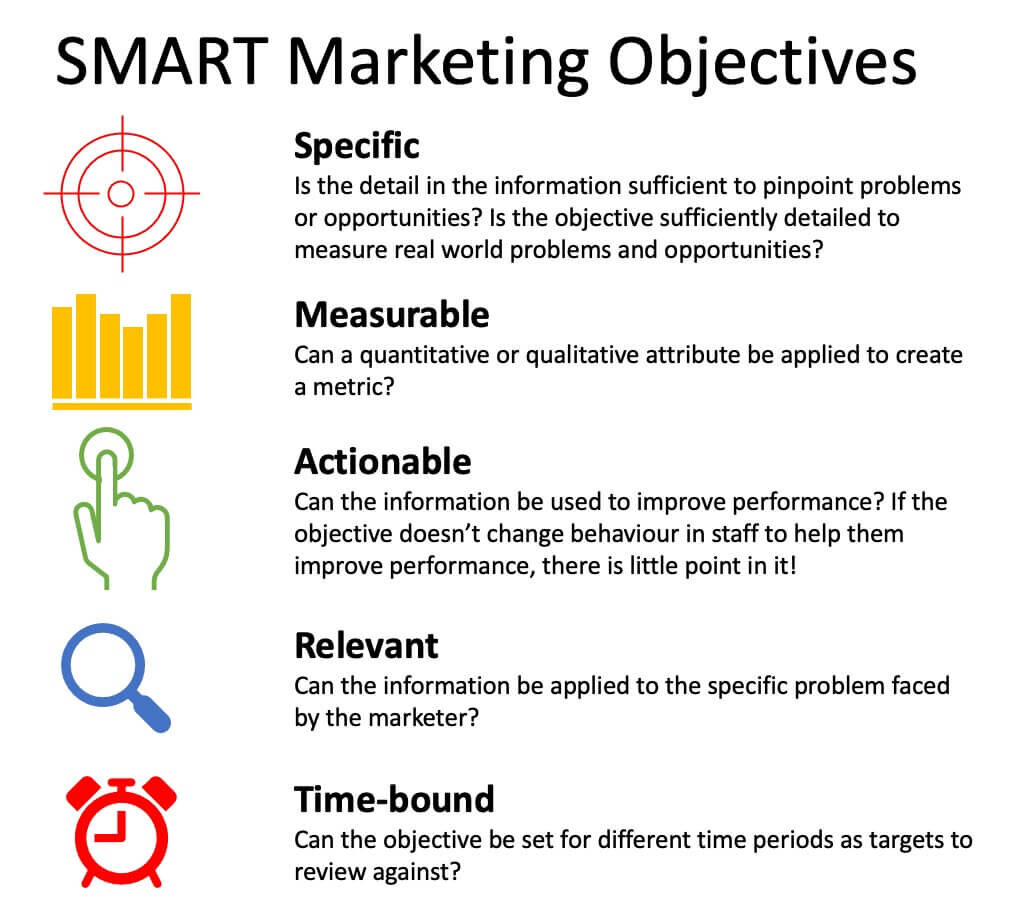
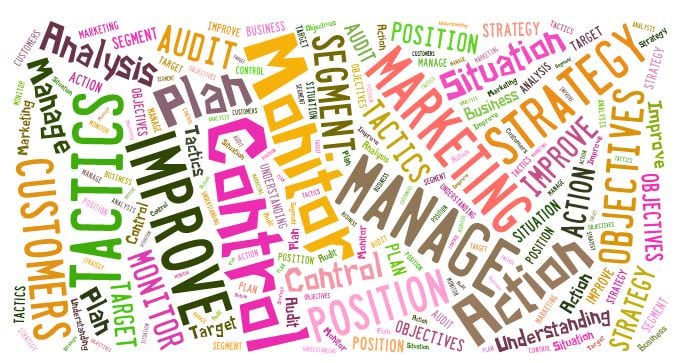



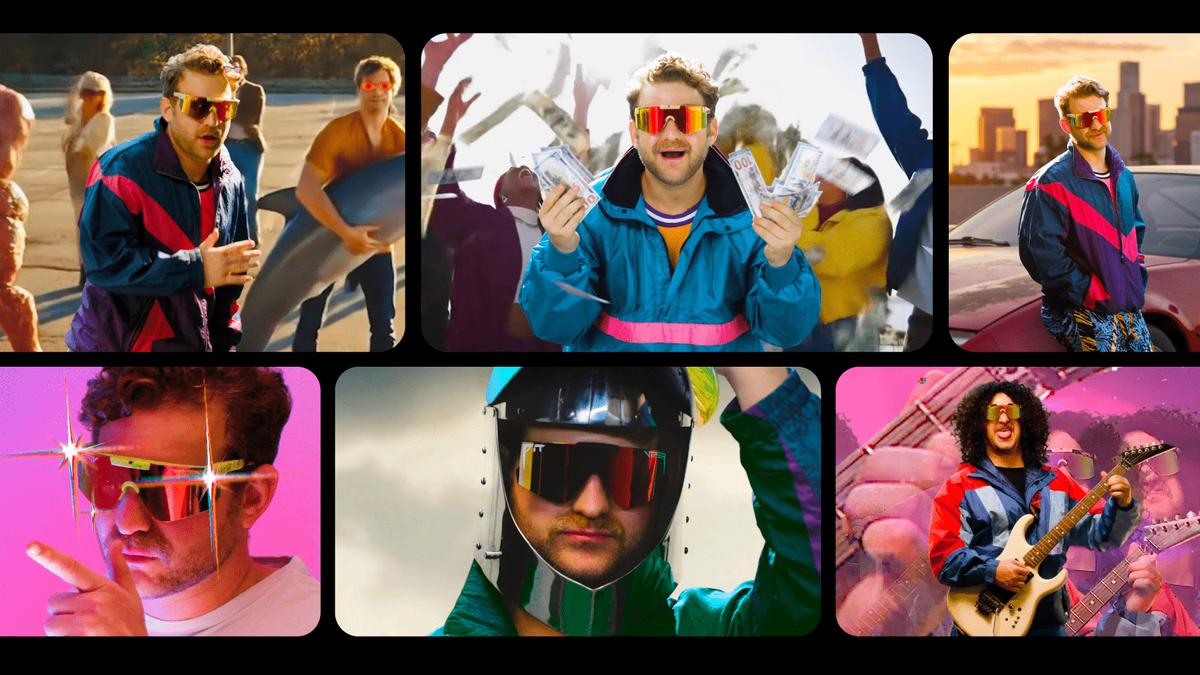

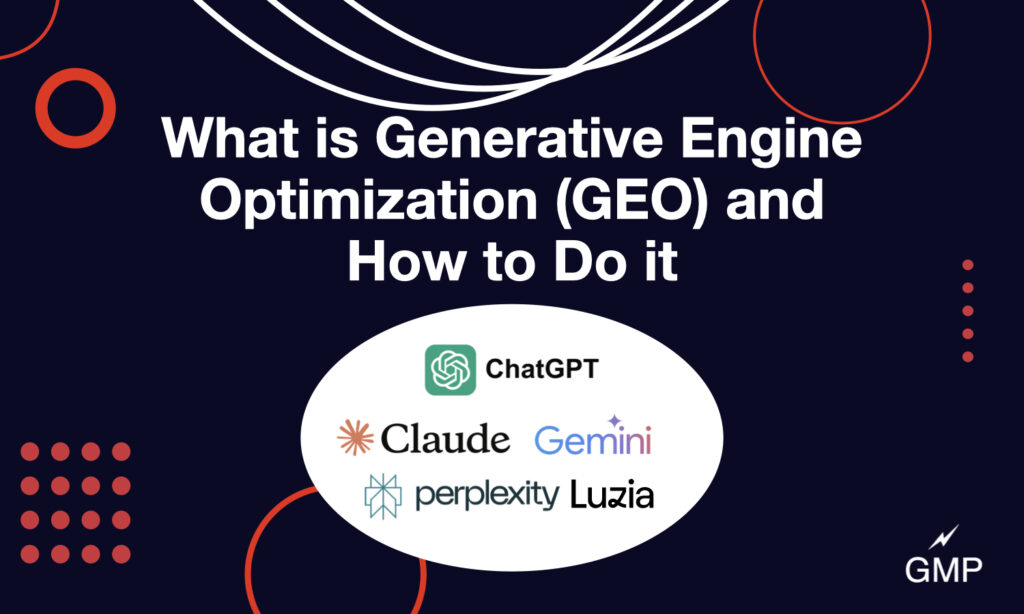


![How Marketers Are Using AI for Writing [Survey]](https://www.growandconvert.com/wp-content/uploads/2025/03/ai-for-writing-1024x682.jpg)






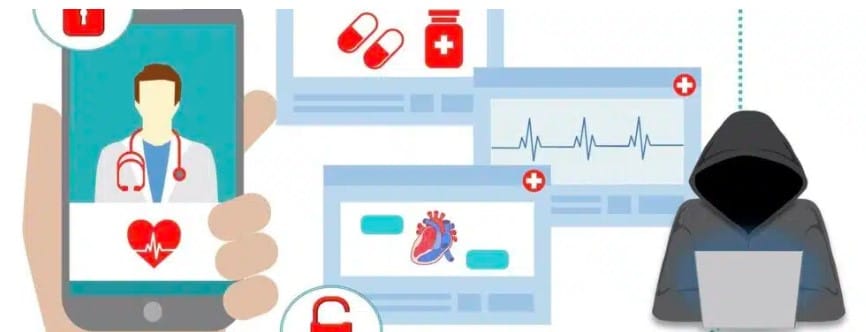
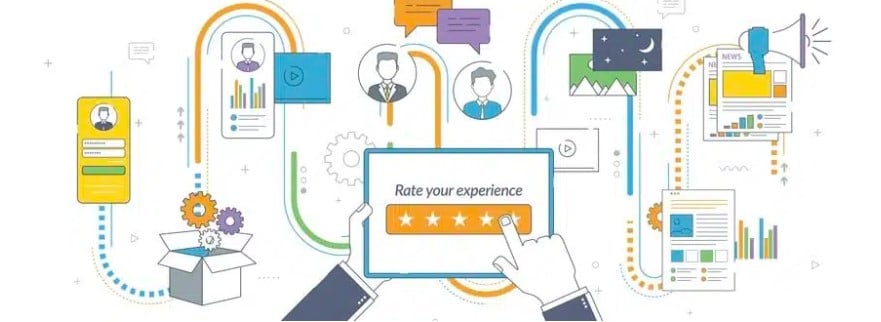
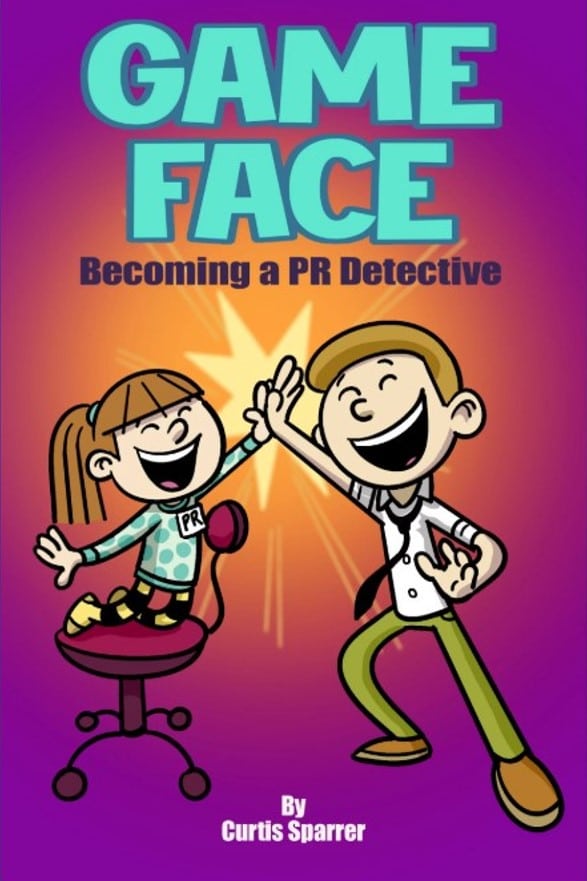
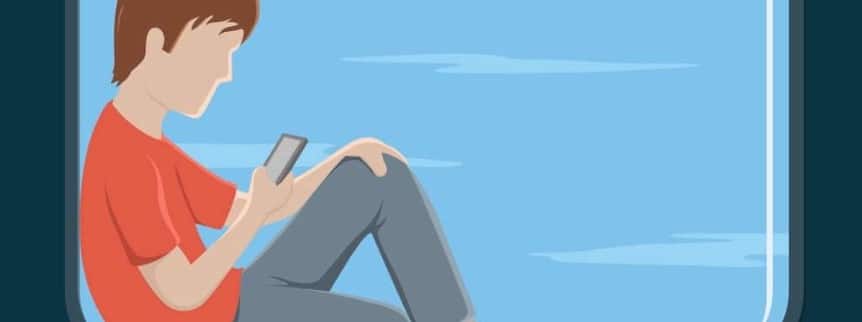







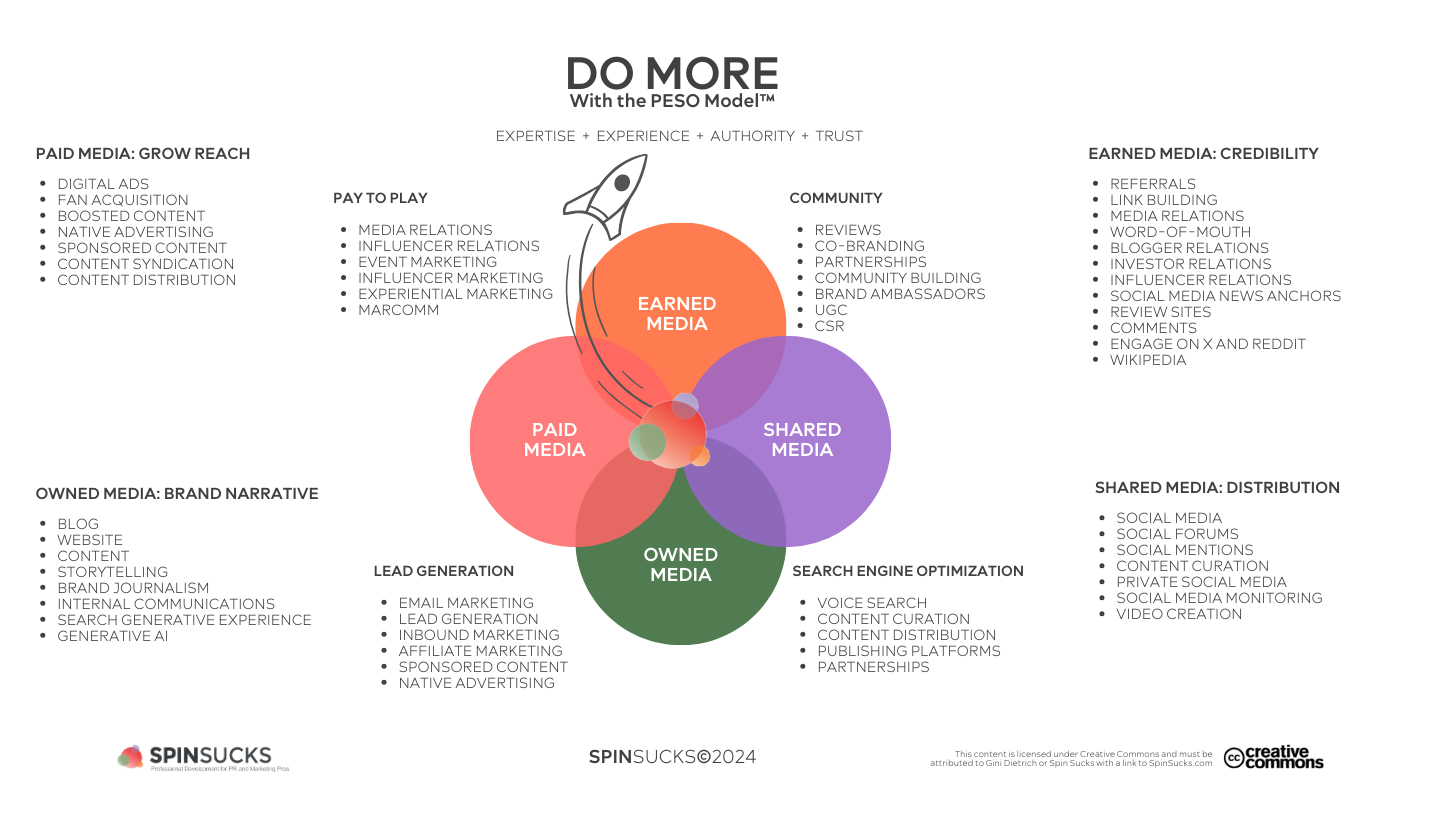





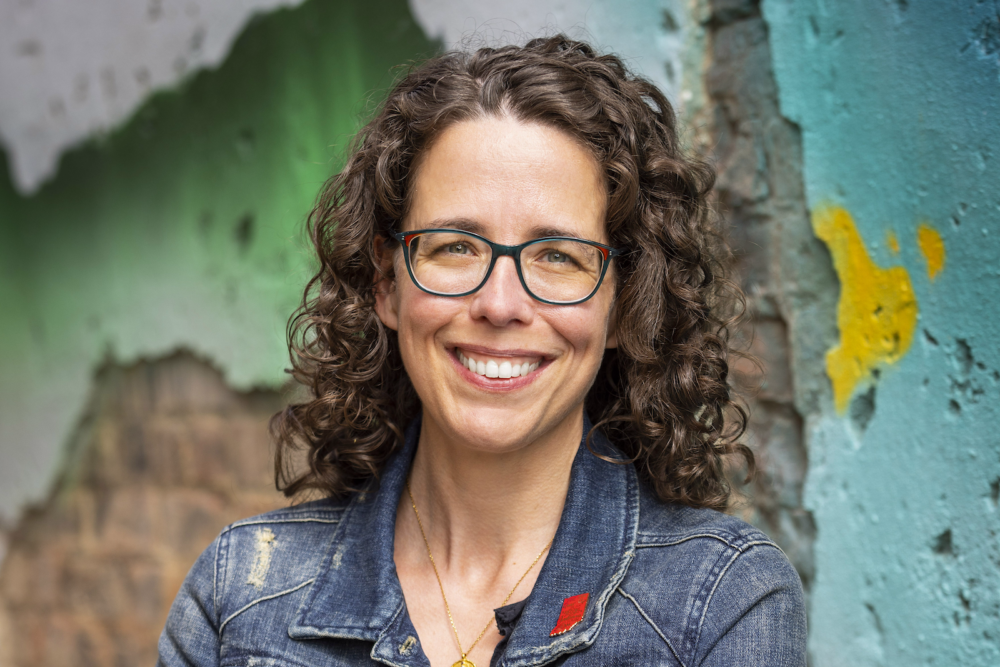













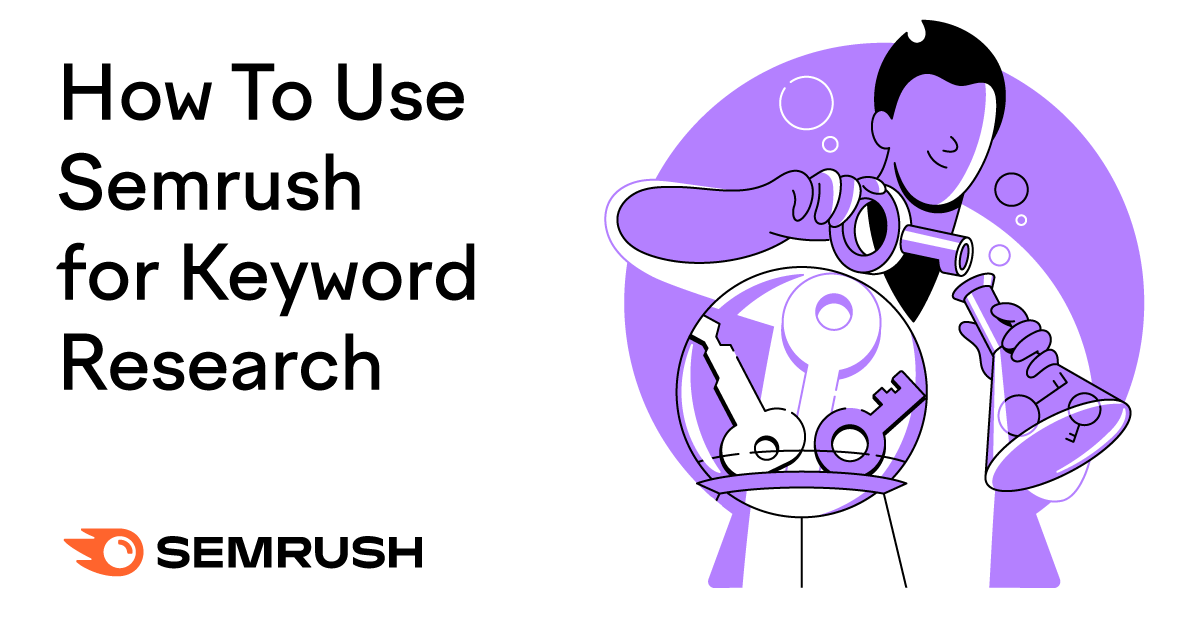

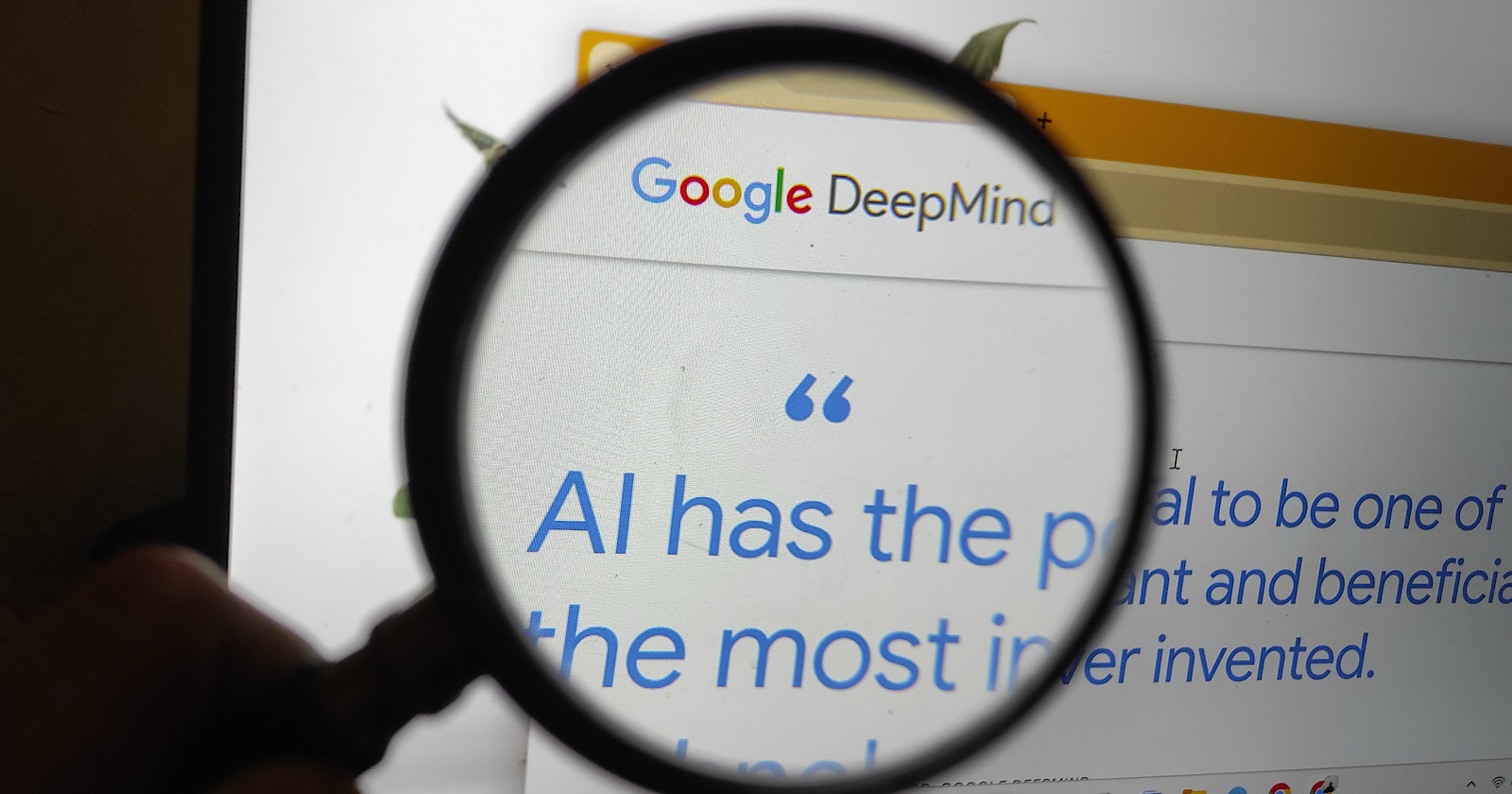





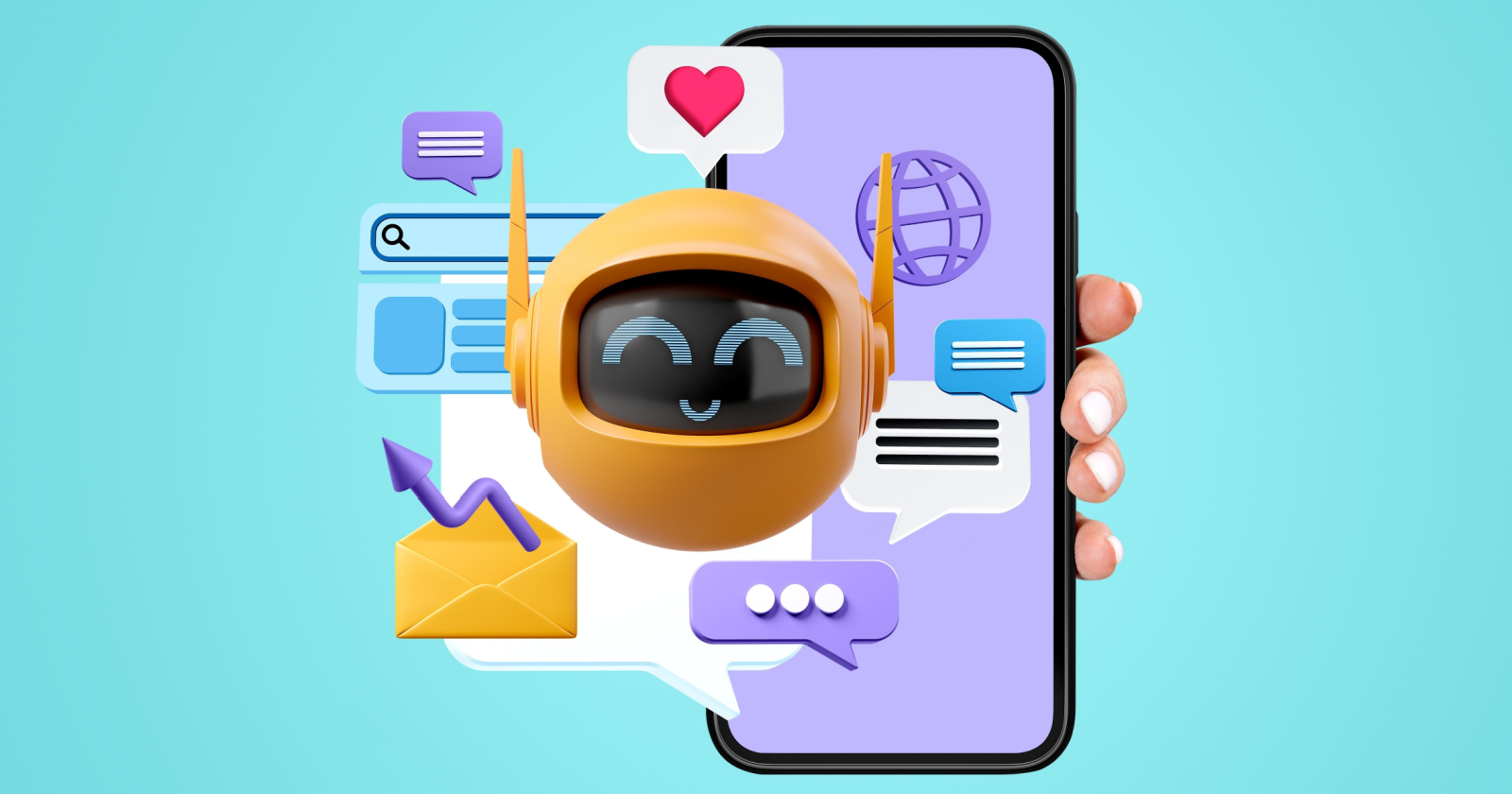



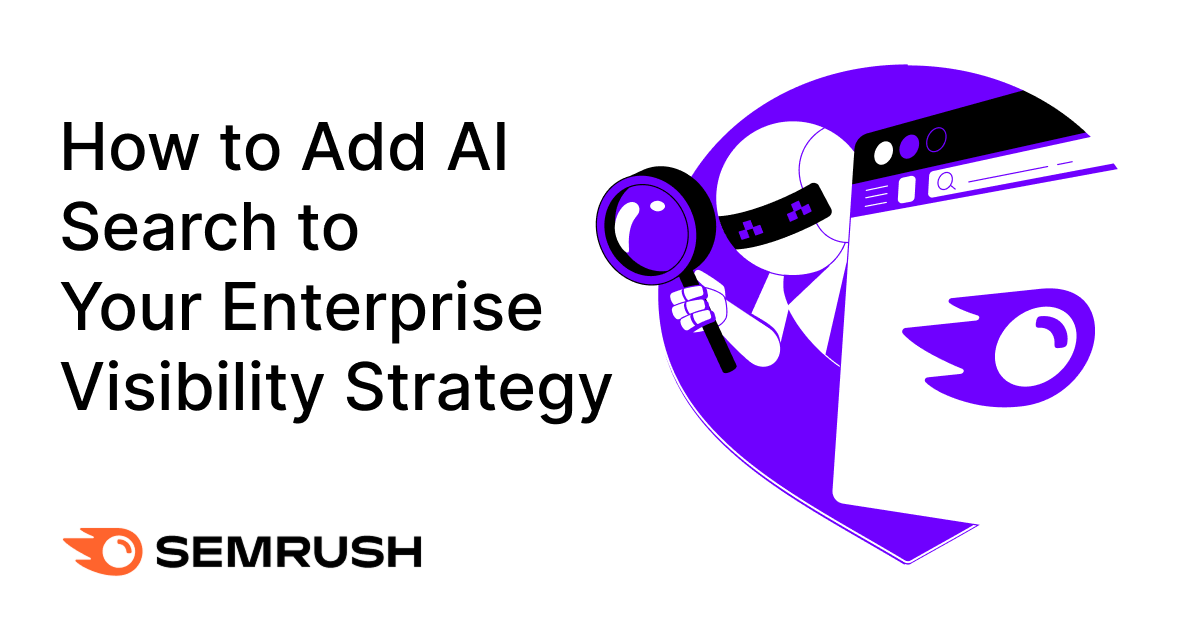
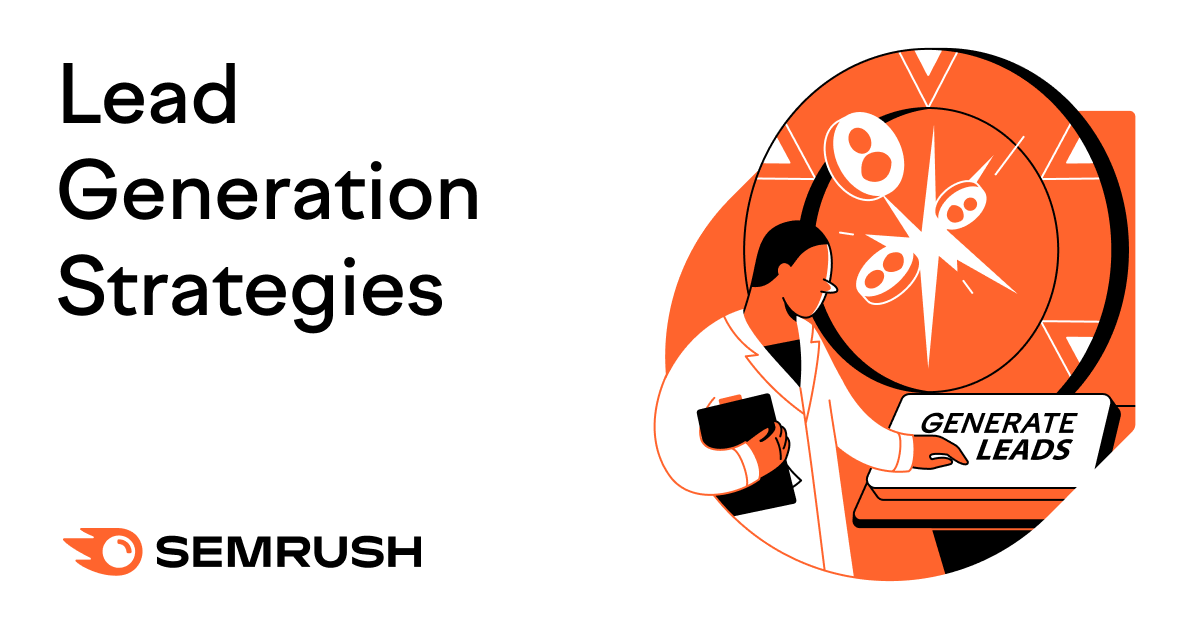
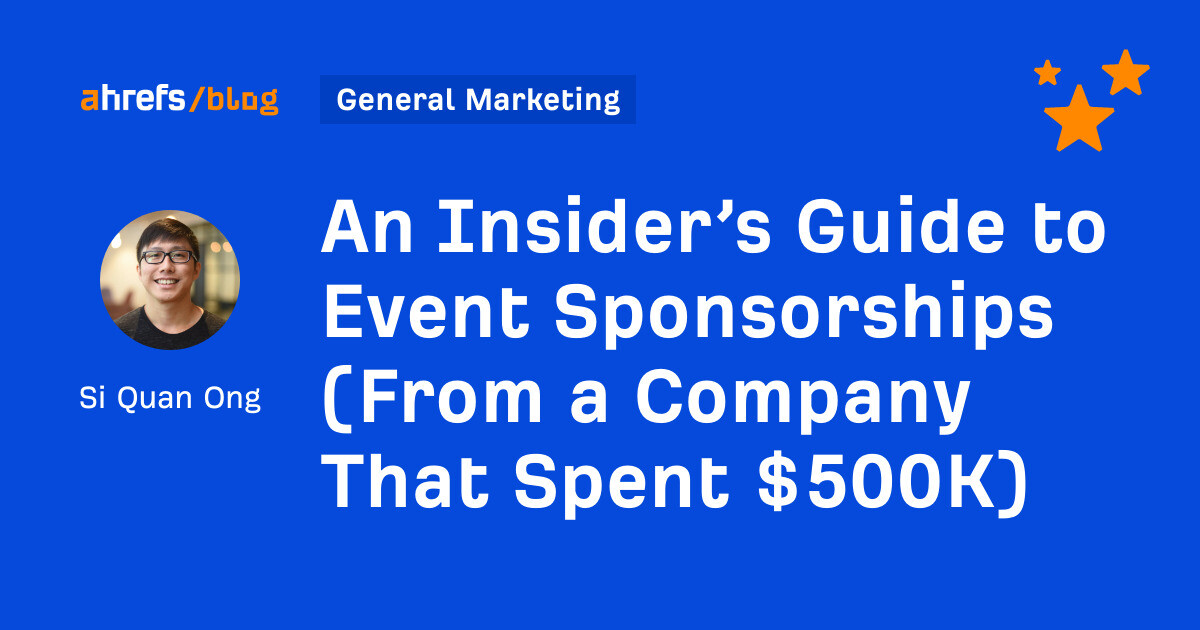
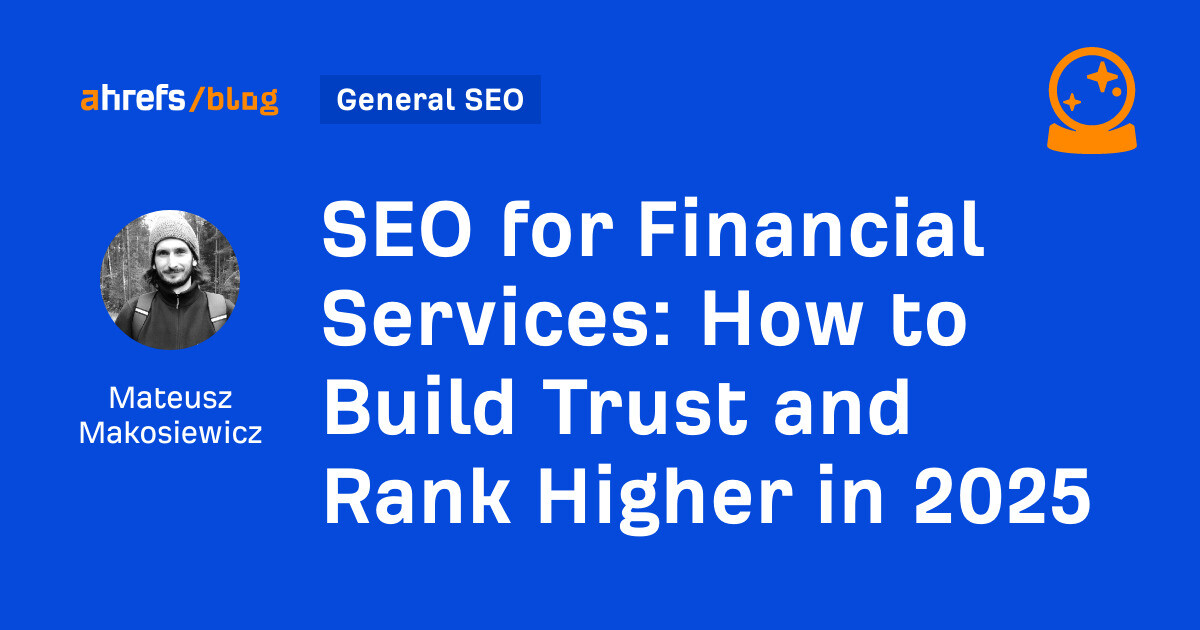
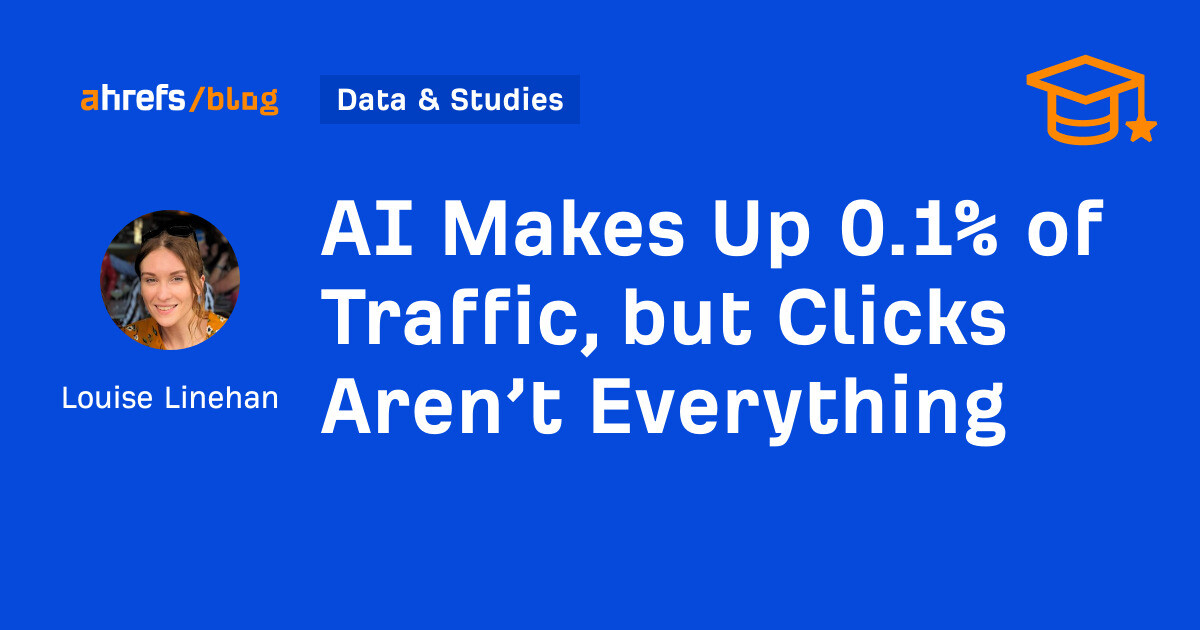
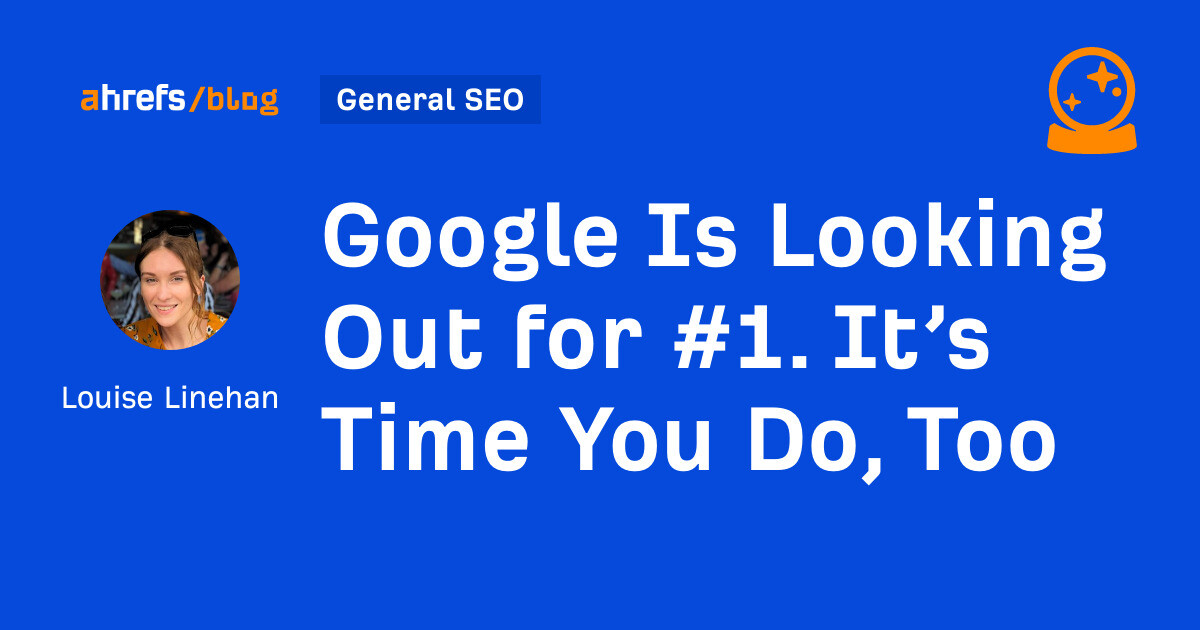



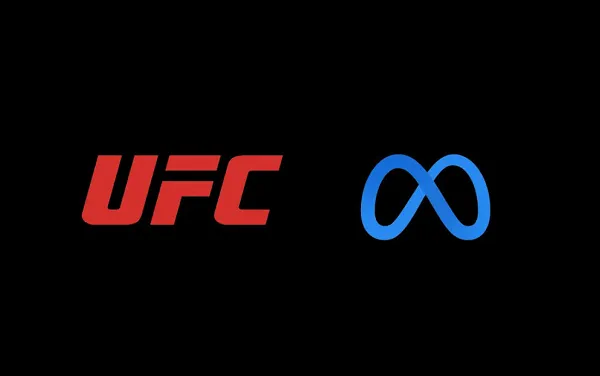

















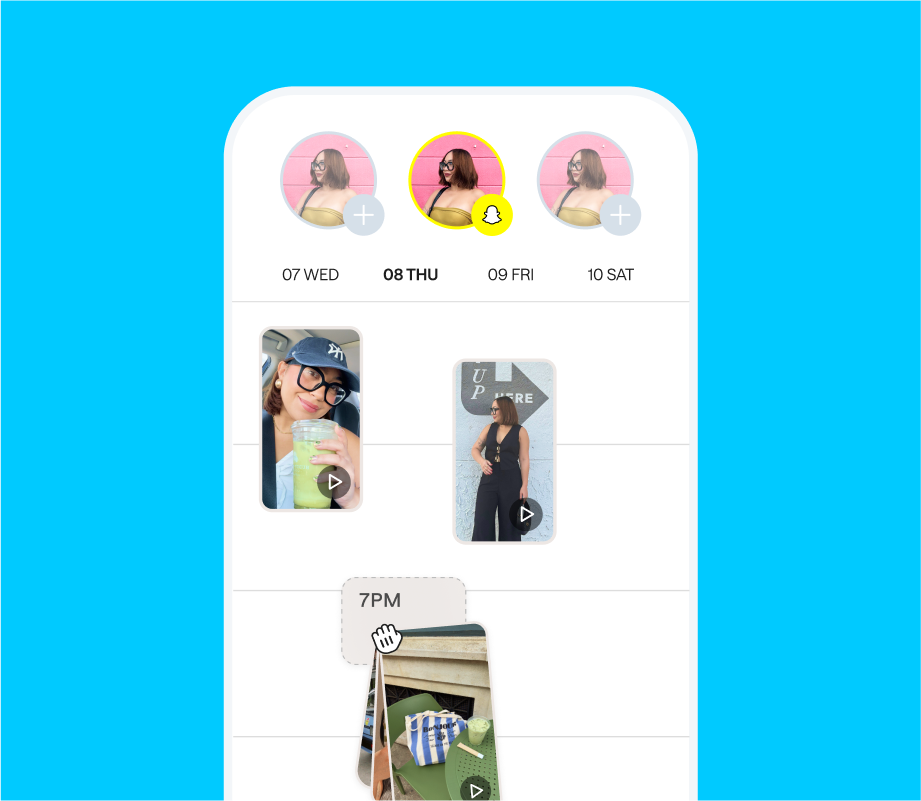

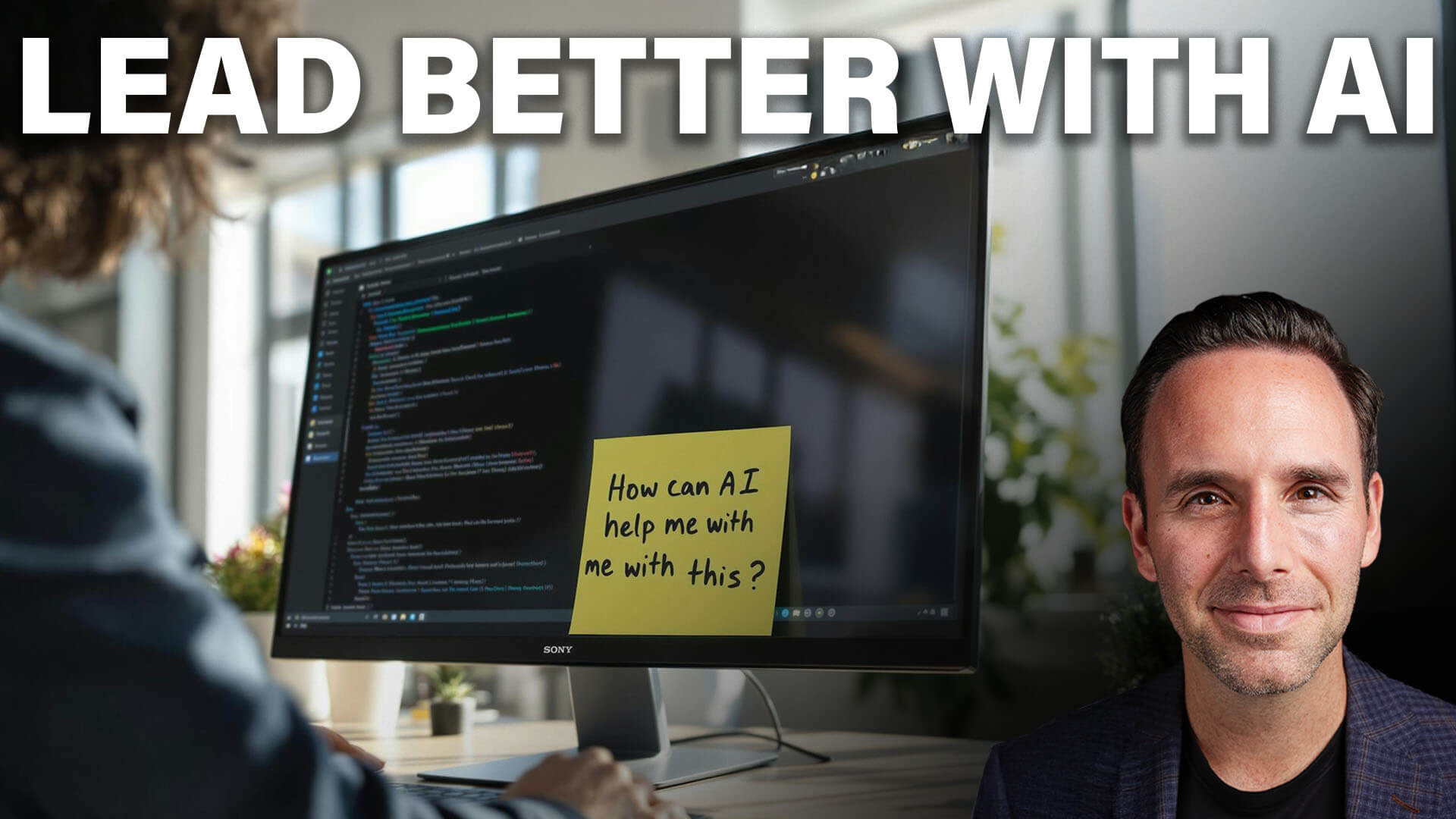
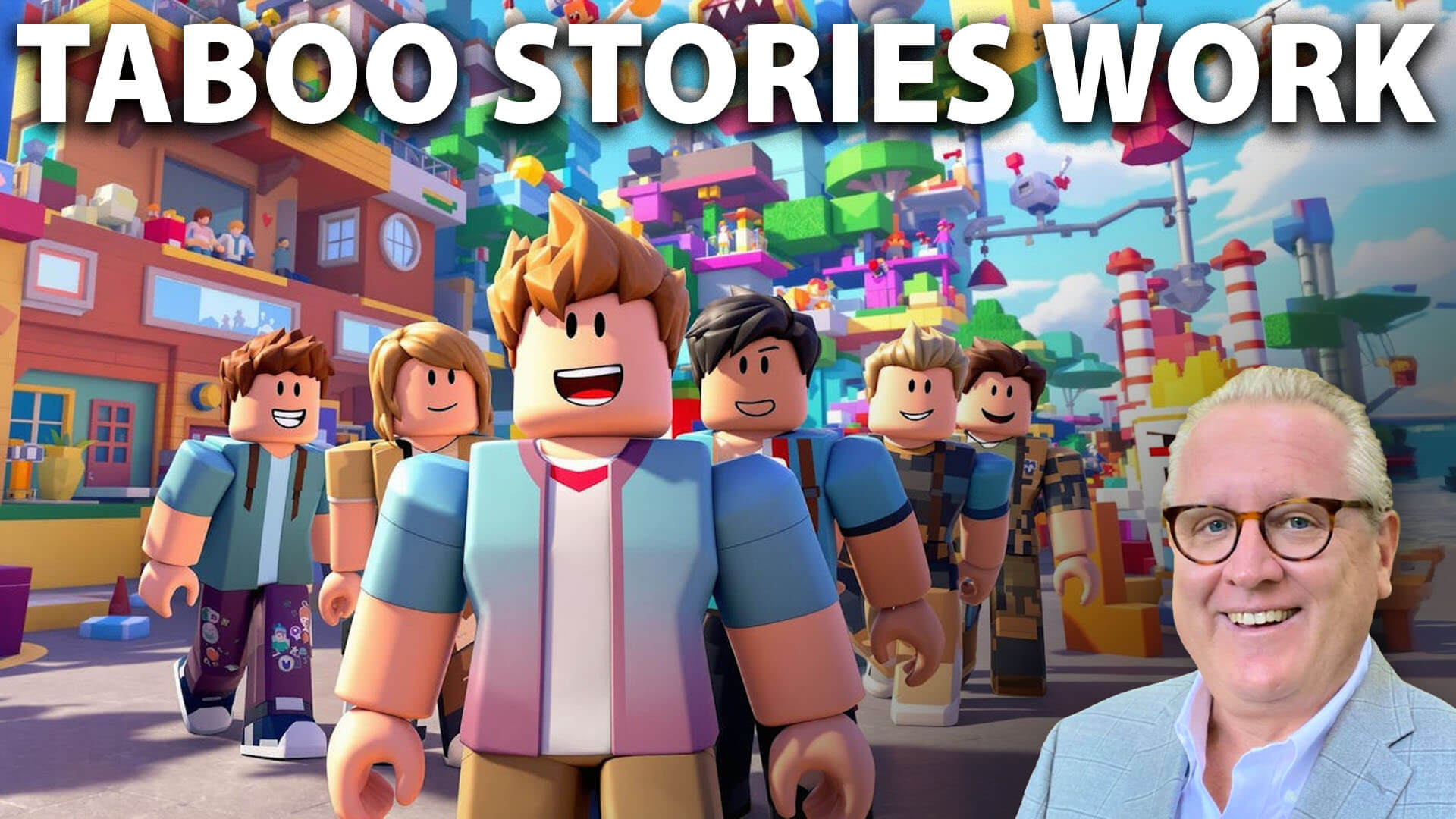

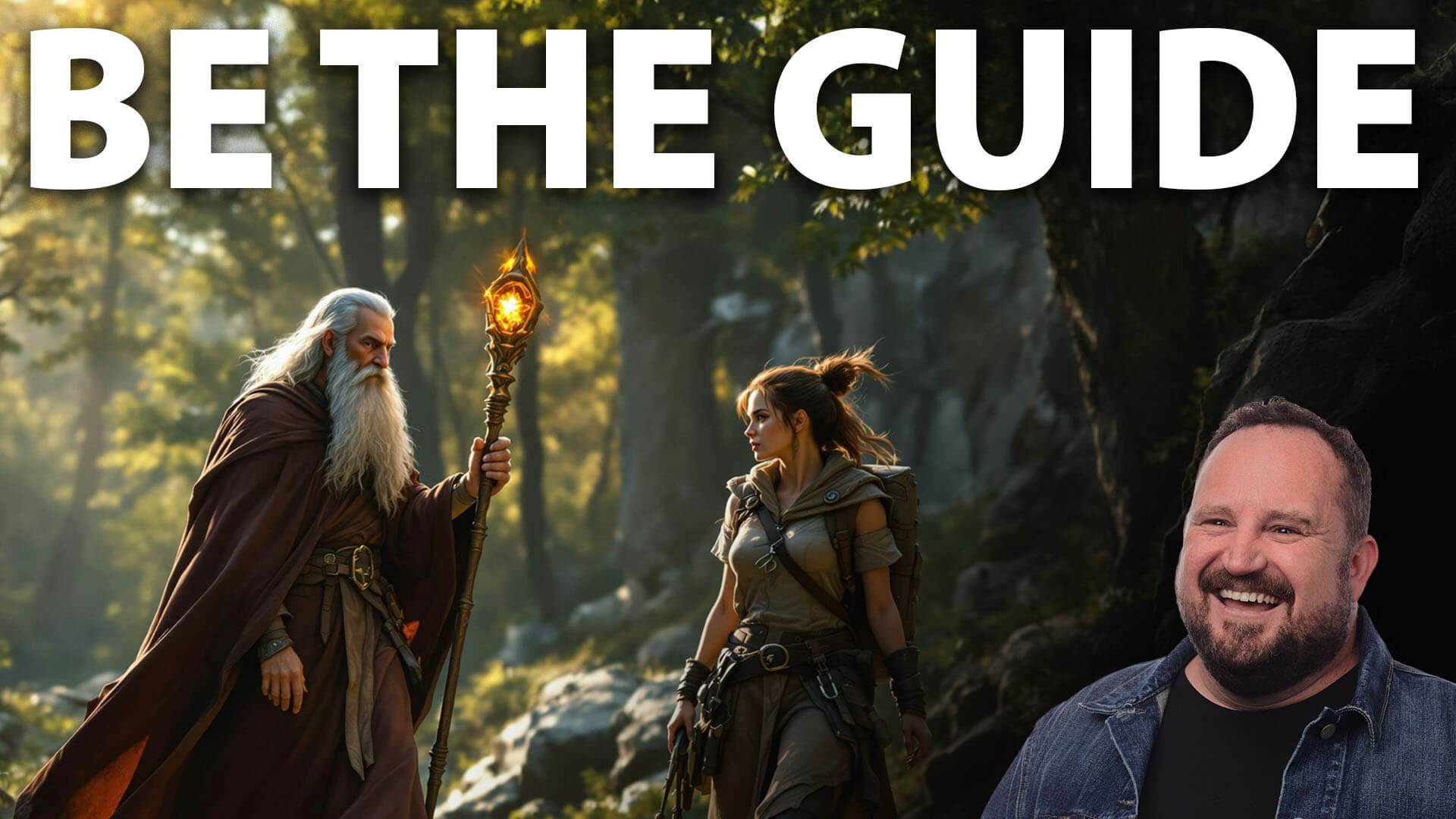




![Meta Outlines Open Source Contributions in 2024 [Infographic]](https://imgproxy.divecdn.com/YOYEhTrhLX1rsEjXqZJNhFf8sC0vMoNHeK_qbzpVVKY/g:ce/rs:fit:770:435/Z3M6Ly9kaXZlc2l0ZS1zdG9yYWdlL2RpdmVpbWFnZS9tZXRhX29wZW5fc291cmNlX2luZm8yLnBuZw==.webp)


